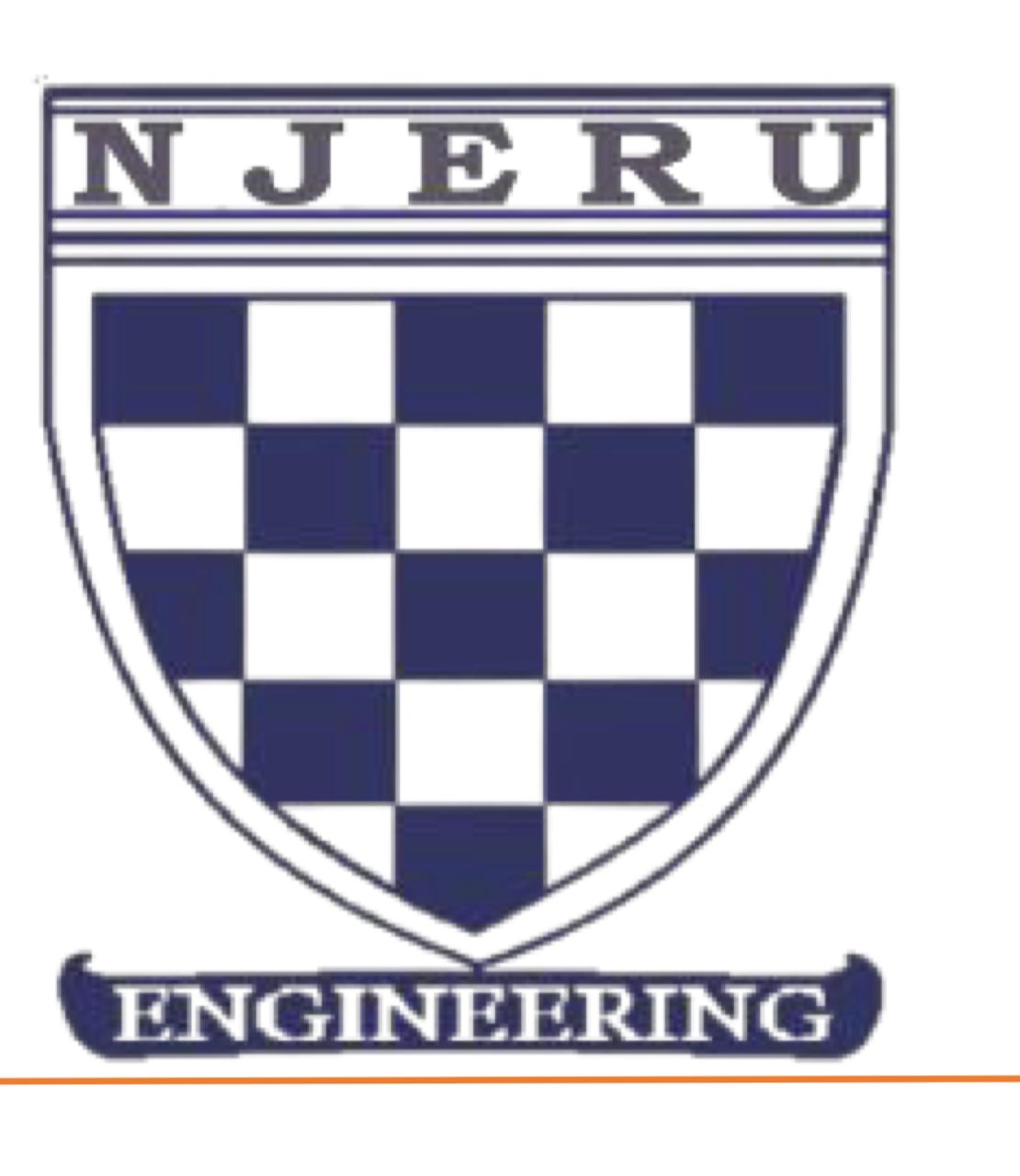Vol: 1 Issue: 1
Development of an ultimate gain proportional integral derivative (PID) controller for control of electro hydraulic actuator servo system
Anyin Paul, Akpama James, Ohiero Peter
INTRODUCTION
Electro-hydraulic Servo actuator systems are widely used in various industrial applications to perform precise movements, such as robotic arms, hydraulic presses, and aerospace control systems [1][2][3]. Accurate and efficient control of these systems is critical to ensure the safe and proper functioning of the equipment [1][4][5]. Proportional integral derivative (PID) control is a common control algorithm used in industry due to its ability to provide stable and robust control of dynamic systems [6][7]. However, tuning the PID gains can be challenging, and traditional methods, such as Ziegler-Nichols, can lead to under-damped responses and may not provide optimal performance [4][8]
From the review of LI et al., (2023) [10], there have been different improvements in the PID control system of electro-hydraulic servo actuator system. Such as patents innovations on improvement of PID gain parameters, and the improvement of the Ziegler Nichols method with the adaptive gain approach.
This paper, presents the development of an ultimate gain Ziegler-Nichols tuned proportional integral derivative (PID) controller for controlling electro-hydraulic actuator servo systems. This method builds upon the traditional Ziegler-Nichols tuning method by considering the system's ultimate gain value, which is determined experimentally from the system's response to an oscillating input. The ultimate gain value is then used to calculate the PID gains, resulting in a controller that achieves fast and accurate response with less overshoot.
II. LITERATURE REVIEW
Electro-hydraulic actuator systems are widely used in various industries for motion control tasks that require high precision, speed, and reliability (Soon et al., 2020; Phan et al., 2021; Ly et al., 2022; & Li & Li, 2023). These systems often employ servo valves to control the flow of hydraulic fluid, with an electric signal controlling valve motion that regulates the actuator's position or force as seen in Figure 1 (Othman et al., 2022; & Fadel et al., 2023).
Proportional integral derivative (PID) control is a commonly used control algorithm in servo valve systems [7]. PID control involves adjusting the valve position based on the difference between the desired actuator position and the actual position, with a proportional term that determines the valve's movement magnitude, an integral term that integrates previous error values to counteract steady-state errors, and a derivative term that provides a stabilizing effect to the system (Soon et al., 2020; Do et al., 2020; & Devendiranath et al., 2021).


